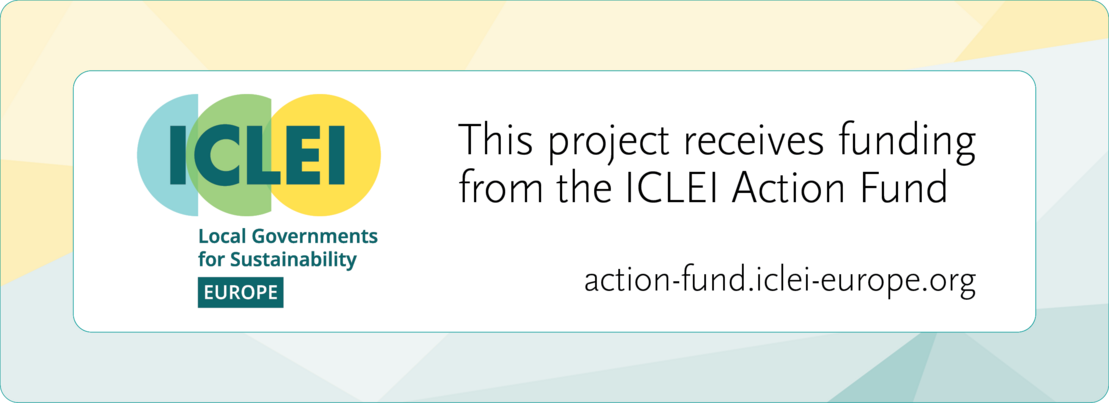Type of area
About the area
The Bergmannkiez neighbourhood and Bergmannstrasse in particular are to be transformed into the car-free neighbourhood of the future. The project began in May 2021 with a ban on through traffic in the neighbourhood (exceptions: Friesenstrasse and Zossener Strasse) and a 20 km/h speed limit.
In June 2021, the following additional redesign measures were taken in the neighbourhood: A protected two-way cycle lane, installation of green elements, reduction of the speed limit to 10 km/h, one-way street regulation, additional delivery areas and crossing areas for pedestrians.
In the third quarter of 2021, through traffic was also banned along Zossener Strasse and Friesenstrasse, a one-way street system was introduced, the entrance areas to the Bergmannkiez were redesigned, and pedestrian zones were established at Chamissoplatz.
Results
- On various sections of Bergmannstrasse, motor vehicle traffic decreased by 77 and 46 percent respectively
- Increase in cycle traffic on Bergmannstrasse by almost 12 percent
- Reduction of NO2 pollution by 12.5 percent


